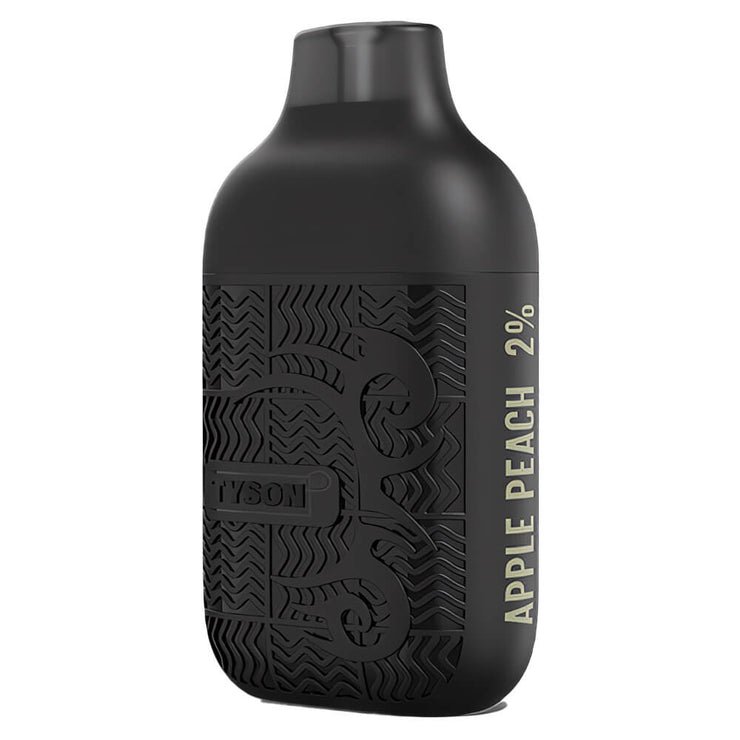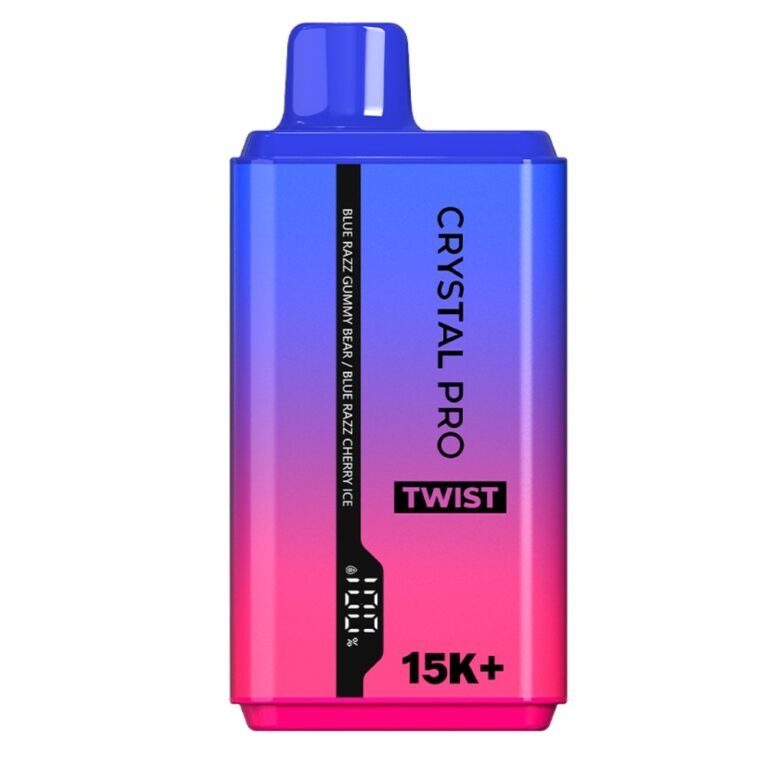Turning $15,000 Into Wealth: Investment Strategies That Work
When you find yourself with $15,000 to invest, it’s a great opportunity to set the stage for long-term financial growth. Whether you’ve received a windfall, have savings earmarked for investment, or are looking for ways to grow your wealth, making smart decisions with that money can provide both immediate returns and long-term security. The key to maximizing the potential of your $15,000 lies in understanding your financial goals, risk tolerance, and the different investment vehicles available.
Thank you for reading this post, don't forget to subscribe!Turning a lump sum of $15,000 into wealth requires strategy, discipline, and careful planning. However, you don’t need to be a seasoned investor to take advantage of the many investment opportunities that exist. With the right approach, even a modest amount like $15,000 can be the starting point of building substantial wealth. This article will explore various investment strategies that can help you grow your money, from conservative, low-risk options to more aggressive, high-return opportunities.
In this guide, we’ll walk you through different types of investments, explain how they work, and provide actionable strategies to turn your $15,000 into lasting wealth. Whether you’re aiming for financial independence or looking for a stable, growing portfolio, there’s an investment strategy that suits your needs.
Understanding the Basics of Investing
Before diving into specific investment options, it’s important to understand the fundamentals of investing. At its core, investing involves putting your money into various assets with the expectation that these assets will increase in value over time. This can include stocks, bonds, real estate, mutual funds, or other financial instruments. Investing allows you to earn a return on your money through capital appreciation (the increase in value of your investment) and income generation (such as dividends or interest payments).
A key concept to grasp when investing is risk versus reward. Generally, the greater the potential reward from an investment, the higher the risk. Some investments may offer the possibility of high returns, but they can also result in significant losses. Conversely, low-risk investments tend to offer more modest returns but come with less risk of losing your principal investment.
Another fundamental concept is diversification—spreading your investments across different asset classes to minimize risk. Diversification helps protect you from the volatility of any single investment, increasing the chances of achieving steady growth over time.
With these basics in mind, let’s explore the investment strategies that can help you turn your $15,000 into wealth.
Investment Strategies to Turn $15,000 into Wealth
- Stock Market Investments: High Risk, High RewardInvesting in the stock market is one of the most popular and potentially profitable ways to grow your wealth. The stock market allows you to buy shares of companies, which can appreciate in value over time. For long-term investors, the stock market has historically offered average annual returns of around 7% to 10% after inflation. While stock market investments come with higher risk, they also offer the potential for high returns.How to Invest:
- Individual Stocks: Buying shares of individual companies allows you to profit from the growth and success of those companies. It’s important to research companies thoroughly and choose those with strong growth potential and solid financials. Tech, healthcare, and consumer goods are just a few industries that have seen significant growth in recent years.
- Exchange-Traded Funds (ETFs): If you’re looking for diversification but don’t have the time or expertise to select individual stocks, ETFs are a great option. These funds track an index, such as the S&P 500, and allow you to invest in a broad range of companies with a single investment.
- Dividend Stocks: If you want to generate income in addition to potential capital gains, dividend stocks are a good choice. These stocks pay out regular dividends, providing you with a steady stream of income while still allowing for long-term growth.
- Potential for high returns
- Liquidity (easy to buy and sell)
- Diversification through ETFs
- High volatility and risk of loss
- Requires ongoing research and monitoring
- Real Estate Investments: Building Wealth Through PropertyReal estate has long been considered a stable and reliable way to build wealth. With $15,000, you may not be able to buy a full property, but there are still options for real estate investment, such as Real Estate Investment Trusts (REITs) and crowdfunding platforms.How to Invest:
- Real Estate Investment Trusts (REITs): REITs are companies that own and operate income-producing real estate. They allow you to invest in real estate without having to own physical property. REITs pay out dividends based on the rental income generated by the properties they own. They can be purchased through a brokerage account, just like stocks.
- Crowdfunding Platforms: Some online platforms allow investors to pool their money to invest in real estate projects. You can invest in residential, commercial, or industrial properties, with some platforms accepting investments as low as $500 or $1,000.
- Rental Property: With $15,000, it may be possible to put a down payment on a rental property, although additional funds will be needed for closing costs, renovations, and ongoing expenses. Owning a rental property can provide steady cash flow through rental income, and the property may appreciate in value over time.
- Long-term wealth accumulation
- Potential for passive income
- Diversification outside of the stock market
- Requires significant research
- Property management can be time-consuming
- Some real estate investments require additional capital
- Bonds and Fixed-Income Investments: Low Risk, Steady ReturnsBonds and other fixed-income investments are a great option for conservative investors looking to preserve capital while earning a steady return. Bonds are debt securities issued by governments or corporations, and when you invest in bonds, you’re essentially lending money to the issuer in exchange for regular interest payments and the return of your principal at maturity.How to Invest:
- Government Bonds: U.S. Treasury bonds are considered one of the safest investments, as they are backed by the U.S. government. However, the returns tend to be lower than riskier investments like stocks.
- Municipal Bonds: Issued by local or state governments, municipal bonds offer tax advantages, especially if you live in the area issuing the bond.
- Corporate Bonds: These bonds offer higher yields than government bonds but come with more risk since they depend on the financial stability of the issuing company.
- Lower risk than stocks
- Regular income through interest payments
- Great for preserving capital
- Lower returns compared to stocks
- Interest rate risk (rising interest rates can reduce the value of bonds)
- High-Yield Savings Accounts and Certificates of Deposit (CDs): Low Risk, Minimal ReturnIf you prefer to keep your $15,000 safe while earning some interest, high-yield savings accounts and CDs are low-risk options. These financial products allow you to earn interest on your savings without exposing your principal to market volatility.How to Invest:
- High-Yield Savings Accounts: These accounts offer interest rates much higher than traditional savings accounts, though the rates are still relatively low. It’s a great way to earn some return on your money without taking on risk.
- Certificates of Deposit (CDs): A CD is a time deposit offered by banks that pays a fixed interest rate for a specified term. While the returns are generally higher than savings accounts, your money is locked in for a set period, and early withdrawal can result in penalties.
- Low risk
- Guaranteed returns
- Liquid options (savings accounts)
- Lower returns
- Limited liquidity with CDs
- Cryptocurrency: High Risk, High Potential ReturnsCryptocurrencies like Bitcoin and Ethereum have garnered significant attention in recent years due to their explosive growth potential. While this market is incredibly volatile and risky, many investors view cryptocurrency as a high-risk, high-reward asset.How to Invest:
- Buy Cryptocurrency: With $15,000, you can buy a variety of cryptocurrencies through exchanges such as Coinbase or Binance. You can choose to buy large-cap cryptocurrencies like Bitcoin or smaller, emerging coins.
- Crypto ETFs and Funds: If you’re looking for more diversification within the crypto market, exchange-traded funds (ETFs) that track cryptocurrency indices are also available.
- High growth potential
- Diversification outside traditional assets
- Increasing adoption
- Extreme volatility
- Regulatory uncertainty
- Security concerns
FAQs
1. How long will it take to turn $15,000 into significant wealth? Building wealth from an initial investment of $15,000 takes time. While some investments, like stocks or real estate, may appreciate significantly over several years, the process depends on market conditions and the type of investments you make.
2. What’s the best way to invest $15,000 for a beginner? For beginners, a diversified portfolio that includes a mix of stocks, ETFs, and bonds is usually the best approach. This allows for balanced risk while still offering potential for growth.
3. Should I invest all $15,000 at once? It depends on your risk tolerance. If you’re unsure, consider dollar-cost averaging, where you invest a fixed amount over time, reducing the impact of market volatility.
Conclusion
Turning $15,000 into wealth is entirely achievable with the right investment strategies. By focusing on diversification, understanding your risk tolerance, and making informed decisions, you can set yourself up for long-term financial success. Whether you choose stocks, real estate, bonds, or even cryptocurrency, the key is to stay committed to your investment goals and be patient as your wealth grows. While no investment is without risk, with careful planning and strategic investments, your $15,000 can be the beginning of a much larger financial journey.





